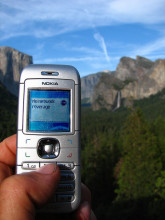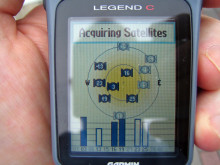Microsoft locks down Wi-Fi geolocation service after privacy concerns
Microsoft has restricted its Wi-Fi-powered geolocation database after a researcher investigating Wi-Fi geolocation and position tracking raised privacy concerns about the information recorded. This follows a similar move from Google, amidst identical privacy complaints.













































































